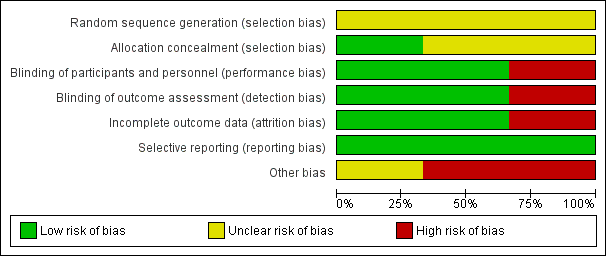Contenido relacionado
Revisiones y protocolos relacionados
Alison Haywood, Jacqueline Duc, Phillip Good, Sohil Khan, Kirsty Rickett, Petra Vayne-Bossert, Janet R Hardy | 20 febrero 2019
Amy Sandford, Alison Haywood, Kirsty Rickett, Phillip Good, Sohil Khan, Karyn Foster, Janet R Hardy | 23 enero 2023
Anna Sutherland, Katrien Naessens, Emma Plugge, Lynda Ware, Karen Head, Martin J Burton, Bee Wee | 21 septiembre 2018
Alison Haywood, Phillip Good, Sohil Khan, Aurelia Leupp, Sue Jenkins-Marsh, Kirsty Rickett, Janet R Hardy | 24 abril 2015
Jemma Storrar, Morwenna Hitchens, Tracey Platt, Saskie Dorman | 27 noviembre 2014
Gabriele Dennert, Markus Horneber | 19 julio 2006
Mia Schmidt-Hansen, Michael I Bennett, Stephanie Arnold, Nathan Bromham, Jennifer S Hilgart, Andrew J Page, Yuan Chi | 9 junio 2022
Lalage Cox, Emily Darvill, Saskie Dorman | 2 noviembre 2015
Philip J Wiffen, Sheena Derry, R Andrew Moore | 29 mayo 2014
Vanessa Piechotta, Anne Adams, Madhuri Haque, Benjamin Scheckel, Nina Kreuzberger, Ina Monsef, Karin Jordan, Kathrin Kuhr, Nicole Skoetz | 16 noviembre 2021






